Table of contents
- What is AWS?
- AWS Services Categorized
- Key AWS Compute Services
- AWS Storage Services
- Key Database Services
- Networking Essentials
- Security and Identity Management
- Why AWS?
- Advanced AWS Features for Experienced Professionals
- Auto Scaling for High Availability and Cost Optimization
- Serverless Architecture with AWS Lambda
- Containerization with Amazon ECS and EKS
- Data Analytics and Machine Learning
- Security Best Practices
- Disaster Recovery and Backup
- AWS Certification Pathways
- Real-World AWS Implementation Scenarios
- AWS Best Practices for Scaling Applications
- Emerging Trends in AWS
Introduction to Cloud Computing
Cloud computing is transforming how businesses and individuals store, manage, and process data. By leveraging remote servers accessed via the internet, cloud computing eliminates the need for physical local servers. AWS (Amazon Web Services) is a leader in this domain, offering a comprehensive suite of services to cater to various computing needs.

What is AWS?
AWS is a robust cloud computing platform developed by Amazon. It provides on-demand IT resources and services, ranging from compute power and storage to database management and content delivery. With AWS, organizations of all sizes can:
Expand business operations without IT infrastructure limitations.
Deliver global training seamlessly.
Execute high-compute rendering for architecture or media projects.
Provide secure, scalable, and reliable cloud services.
AWS Services Categorized
AWS offers services in multiple domains:
Compute: Process large-scale data efficiently.
- Key Services: Amazon EC2, AWS Lambda, AWS Elastic Beanstalk.
Storage: Secure, scalable data storage solutions.
- Key Services: Amazon S3, Glacier, Elastic Block Store (EBS).
Networking: Enhance connectivity and security.
- Key Services: Amazon VPC, Route 53, Elastic Load Balancing.
Databases: Managed relational and non-relational databases.
- Key Services: Amazon RDS, DynamoDB, Aurora.
Application Integration: Tools to connect applications seamlessly.
- Key Services: Amazon SQS, SNS, Step Functions.
Security & Identity: Secure access control and encryption.
- Key Services: IAM, AWS Shield, KMS.

Key AWS Compute Services
1. Amazon EC2 (Elastic Compute Cloud)
EC2 provides scalable compute capacity in the cloud. It supports various instance types for applications ranging from email systems to high-performance computing.
Instance Types:
General Purpose: Balances performance and cost.
Compute Optimized: For CPU-intensive workloads.
Memory Optimized: Handles large datasets efficiently.
Storage Optimized: High-speed storage applications.
GPU Instances: Ideal for machine learning and 3D rendering.
2. AWS Lambda
This serverless compute service executes code in response to triggers. It eliminates the need for managing servers, making it ideal for sporadic workloads.
3. AWS Elastic Beanstalk
Elastic Beanstalk is perfect for deploying and managing applications. It automates provisioning, load balancing, and scaling, allowing developers to focus solely on their code.

AWS Storage Services
1. Amazon S3 (Simple Storage Service)
A secure, scalable object storage system. S3 supports files ranging from 0 bytes to 5 TB, with multiple storage classes like Glacier for archival and reduced redundancy storage.
2. Amazon Glacier
Designed for long-term, low-cost storage. It’s perfect for backups and archival, offering retrieval times of 3-4 hours.
3. Elastic Block Store (EBS)
Provides persistent block storage for EC2 instances. It's known for its high performance and data durability.

Key Database Services
1. Amazon RDS
A managed service for relational databases, supporting MySQL, PostgreSQL, and more. It automates routine tasks like backups and scaling.
2. Amazon DynamoDB
A NoSQL database solution offering low latency and scalability. It's ideal for applications requiring quick data access.
3. Amazon Redshift
A petabyte-scale data warehouse solution for complex analytical queries.
Networking Essentials
1. Amazon VPC (Virtual Private Cloud)
VPC allows businesses to create isolated networks within AWS, complete with custom IP ranges, route tables, and gateways.
2. AWS Direct Connect
A dedicated network connection offering better performance and security compared to internet-based connections.
3. Elastic Load Balancing (ELB)
Automatically distributes incoming traffic across multiple targets, ensuring high availability and reliability.
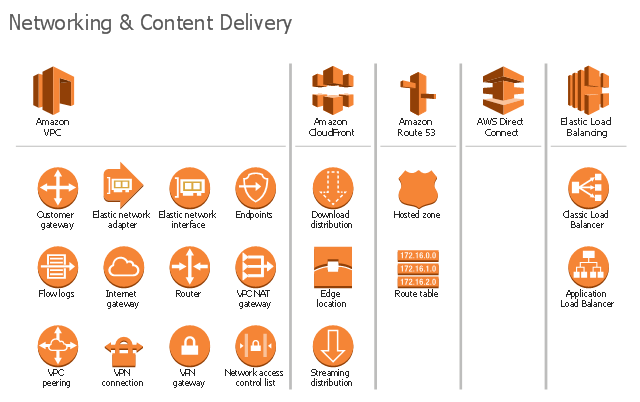
Security and Identity Management
1. IAM (Identity and Access Management)
IAM helps manage access to AWS resources, allowing for granular permissions and secure integrations.
2. AWS Key Management Service (KMS)
Manages encryption keys for securing sensitive data.
3. AWS Shield
Provides protection against DDoS attacks, ensuring uninterrupted service availability.

Why AWS?
AWS provides unparalleled advantages such as cost-efficiency, scalability, and a pay-as-you-go model. Whether you're a small startup or a global enterprise, AWS offers tools to enhance your operations and drive innovation

Advanced AWS Features for Experienced Professionals
For experienced professionals, AWS offers advanced capabilities that allow you to harness the full power of cloud computing.
Auto Scaling for High Availability and Cost Optimization
What is Auto Scaling?
Auto Scaling automatically adjusts the number of EC2 instances to meet demand. It ensures that your applications remain available and cost-efficient.
Key Features:
Dynamic Scaling: Responds to real-time changes in demand.
Scheduled Scaling: Prepares your infrastructure for known usage patterns.
Health Checks: Automatically replaces unhealthy instances.
Use Case:
A retail website experiences traffic spikes during sales events. With Auto Scaling, resources scale up to handle the demand and scale down during off-peak hours.

Serverless Architecture with AWS Lambda
AWS Lambda allows developers to focus solely on code by abstracting the infrastructure layer. It supports event-driven workloads, making it ideal for microservices.
Key Benefits:
Event Sources: Integrates seamlessly with S3, DynamoDB, and SNS.
Flexible Runtime: Supports Python, Node.js, Java, and more.
Cost Efficiency: Pay only for the compute time used.
Real-World Example:
A fitness app uses AWS Lambda to process user workout data in real time, triggering personalized insights through SNS notifications.
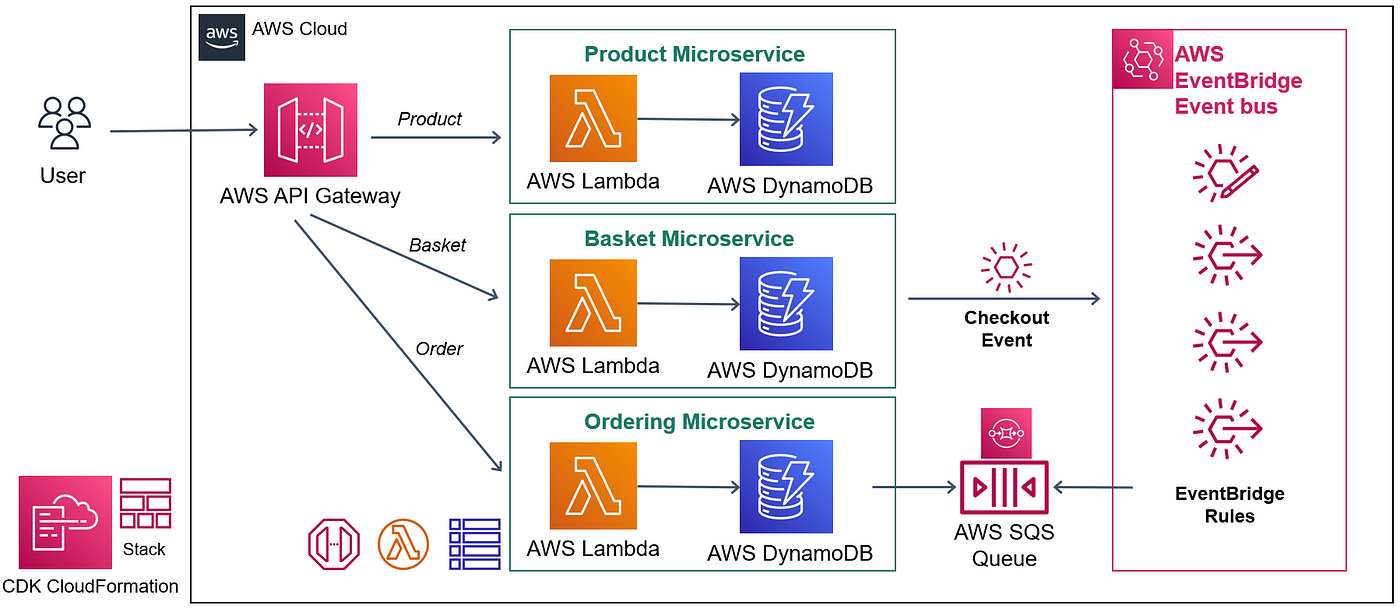
Containerization with Amazon ECS and EKS
AWS provides robust tools for managing containerized applications.
Amazon ECS (Elastic Container Service)
A fully managed container orchestration service supporting Docker containers.
Amazon EKS (Elastic Kubernetes Service)
A managed Kubernetes service for running containerized applications at scale.
Benefits:
ECS: Simplified container management without requiring Kubernetes expertise.
EKS: Seamless integration with the Kubernetes ecosystem for hybrid and multi-cloud strategies.
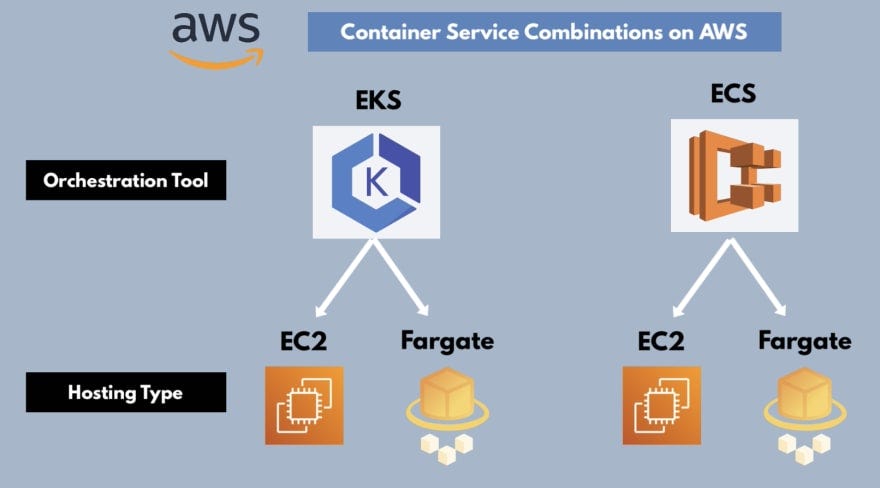
Data Analytics and Machine Learning
1. Amazon Redshift
A powerful data warehouse designed for analytical queries.
2. AWS Glue
A serverless ETL service that prepares data for analysis.
3. Amazon SageMaker
Simplifies the process of building, training, and deploying machine learning models.
Use Case:
A fintech company uses SageMaker to predict loan defaults by analyzing customer data stored in Redshift.
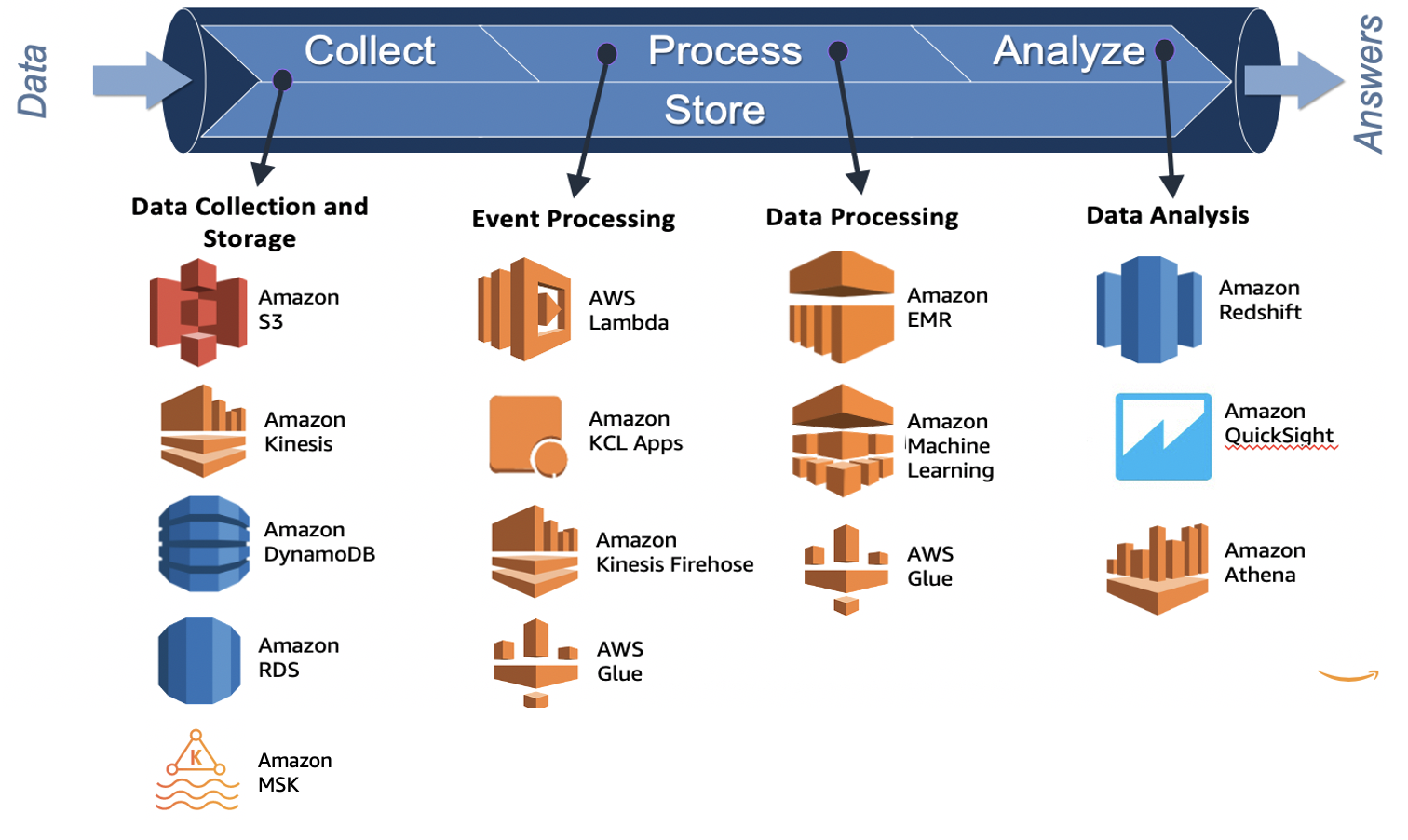
Security Best Practices
1. Encryption Everywhere
Use KMS for managing encryption keys.
Enable S3 Bucket Policies and IAM policies for data access control.
2. Network Isolation
Configure VPCs with private subnets.
Utilize NAT Gateways for secure internet access from private instances.
3. Monitoring and Auditing
Enable CloudTrail to track API activity.
Use CloudWatch for real-time monitoring and alerting.
Real-World Scenario:
A healthcare company complies with HIPAA regulations by encrypting all data at rest and in transit, using CloudTrail for activity logging.
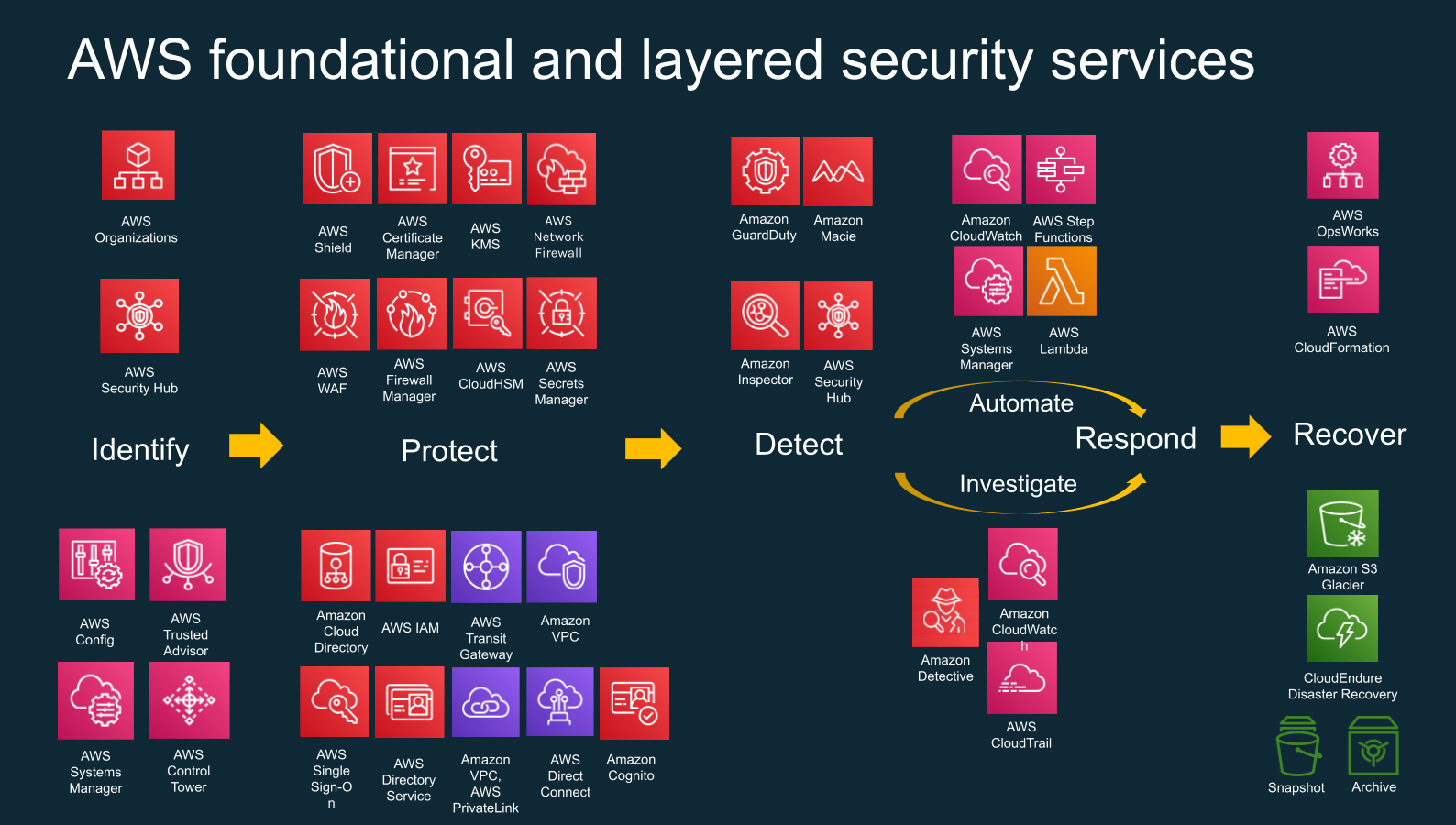
Disaster Recovery and Backup
AWS offers multiple services to ensure business continuity:
AWS Backup: Centralized backup solution for multiple AWS resources.
S3 Cross-Region Replication: Replicate data across AWS regions for redundancy.
Route 53 DNS Failover: Automatically routes traffic to healthy endpoints during a failure.
Use Case:
An e-commerce company uses AWS Backup to safeguard critical order data, ensuring quick recovery during an outage.

AWS Certification Pathways
AWS certifications validate your cloud expertise and boost your career prospects. Here’s a quick overview:
Foundational: AWS Certified Cloud Practitioner.
Associate: Solutions Architect, Developer, and SysOps Administrator.
Professional: Advanced certifications for Solutions Architect and DevOps Engineer.
Specialty: Focused on security, machine learning, and more.
Study Tips:
Leverage hands-on practice with AWS Free Tier.
Use AWS Whitepapers and documentation.
Join forums like AWS Certified Global Community.

Real-World AWS Implementation Scenarios
To give you a better perspective on AWS's potential, here are real-world scenarios across industries:
1. Media and Entertainment
Challenge: A video-on-demand platform needs to deliver content globally while optimizing streaming quality and costs.
Solution:
AWS CloudFront: Distribute content via edge locations for low latency.
Amazon S3: Store video assets securely.
AWS Elemental Media Services: Transcode videos dynamically for various device resolutions.
Result: Reduced latency and enhanced user experience with seamless scalability.
2. E-Commerce
Challenge: An online retailer experiences unpredictable traffic surges during flash sales.
Solution:
Auto Scaling and Elastic Load Balancing: Manage varying traffic loads.
Amazon RDS with Multi-AZ Deployment: Ensure high availability of customer and order data.
Amazon DynamoDB: Handle shopping cart data for high-speed transactions.
Result: Zero downtime during peak traffic and faster checkout processes.
3. Healthcare
Challenge: A hospital system needs to store patient records securely while maintaining regulatory compliance (HIPAA).
Solution:
Amazon S3 with Server-Side Encryption: Secure data storage.
AWS Lambda and API Gateway: Provide APIs for accessing patient data.
AWS Shield and IAM: Protect against cyber threats and manage user access.
Result: Secure patient data storage and access with compliance readiness.
4. Financial Services
Challenge: A fintech company wants to build a real-time fraud detection system.
Solution:
Amazon Kinesis: Process real-time streaming data.
Amazon SageMaker: Develop and deploy machine learning models for fraud detection.
AWS Glue: Prepare and transform transactional data for analysis.
Result: Early fraud detection with scalable architecture.

AWS Best Practices for Scaling Applications
1. Design for Failure
Use multi-AZ and multi-region deployments.
Automate backups with AWS Backup or manual snapshots for critical data.
2. Optimize Costs
Use Savings Plans and Reserved Instances for predictable workloads.
Leverage the AWS Cost Explorer for visibility into spending patterns.
3. Automate Infrastructure
Use AWS CloudFormation to define infrastructure as code.
Automate deployments with AWS CodePipeline and CodeDeploy.
4. Monitor and Respond
Use CloudWatch Alarms to respond to performance issues.
Enable AWS Config to track configuration changes across services.
Emerging Trends in AWS
1. AI and Machine Learning
AWS continues to lead in AI with services like SageMaker, Rekognition, and Lex.
- Use cases include personalized recommendations, voice assistants, and image analysis.
2. Serverless Architectures
The adoption of serverless computing is growing, with AWS Lambda and Step Functions reducing infrastructure management overhead.
3. Edge Computing with AWS Wavelength
AWS is bringing compute and storage closer to the edge, enabling low-latency applications like AR/VR and IoT.
4. Sustainability with AWS
AWS is working toward a greener future with initiatives like water-positive data centers and the Amazon Sustainability Data Initiative.


